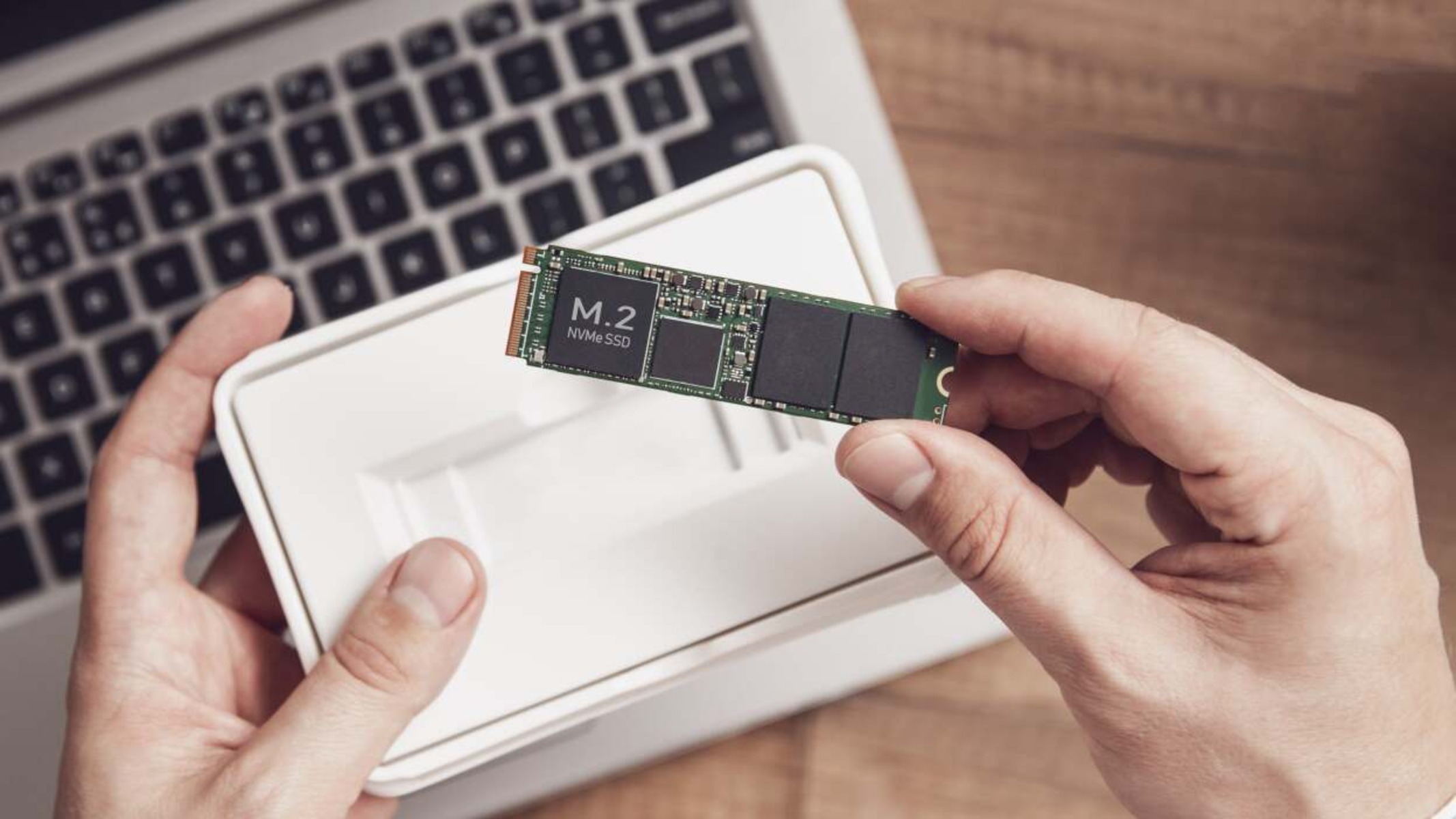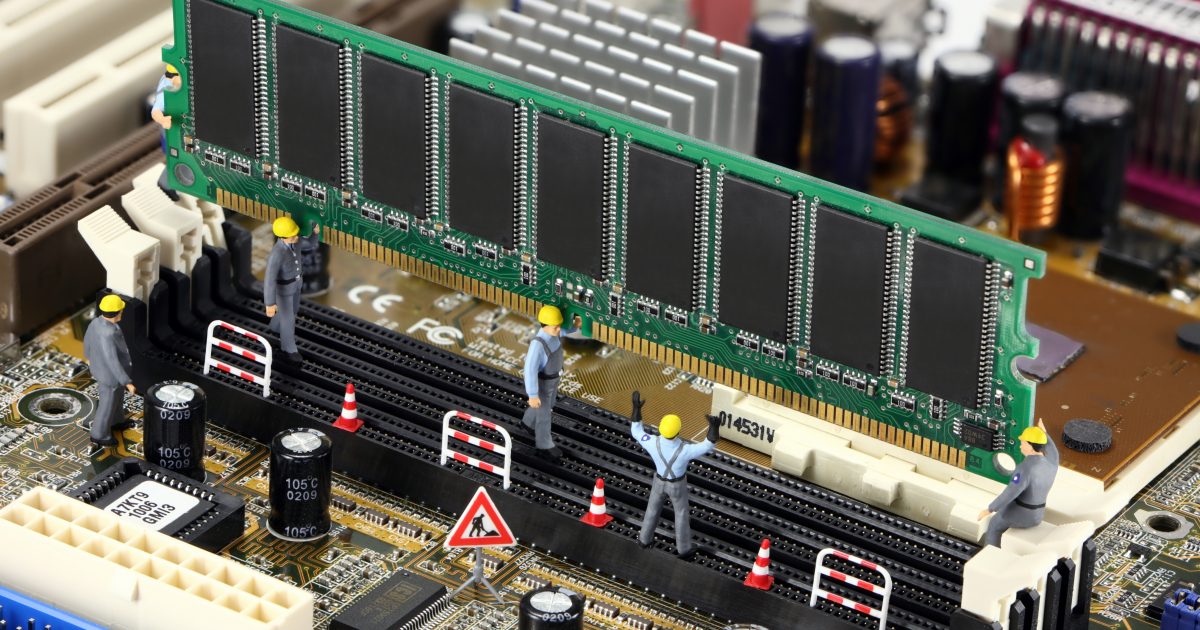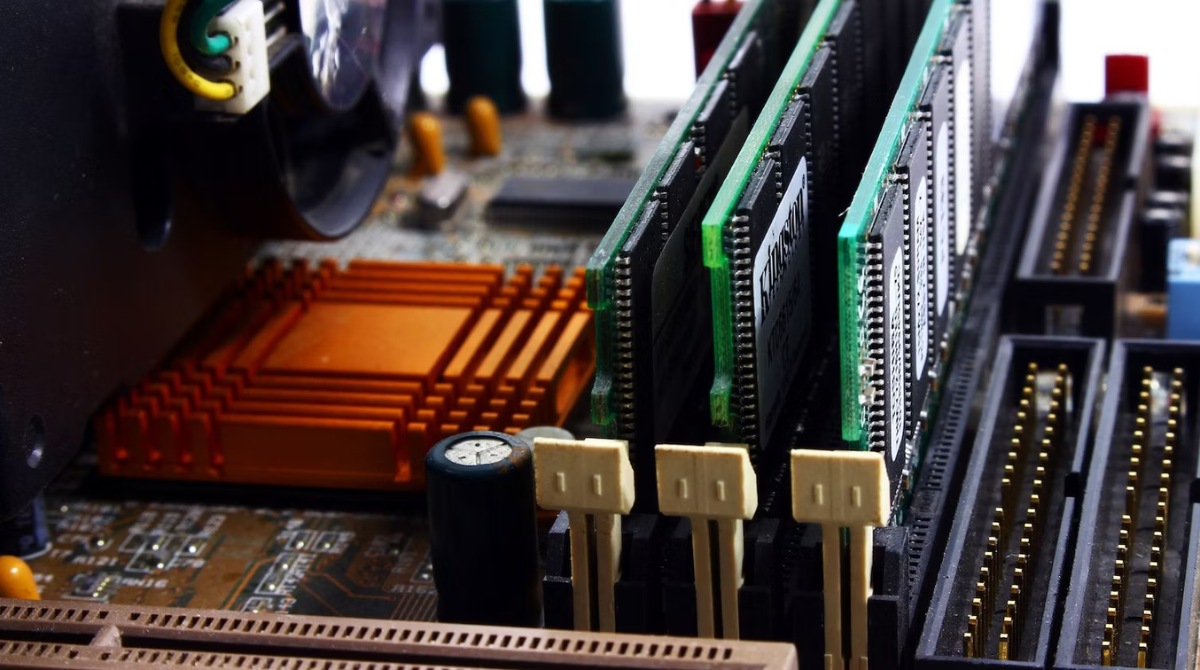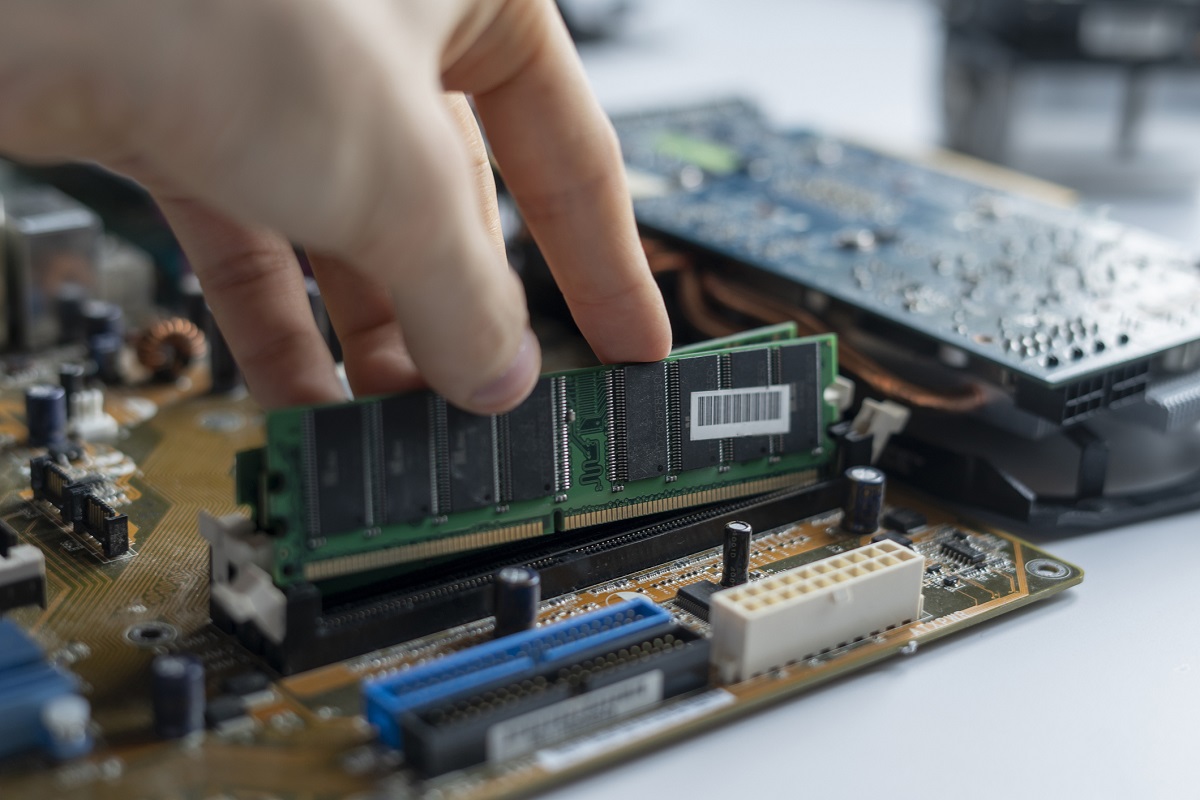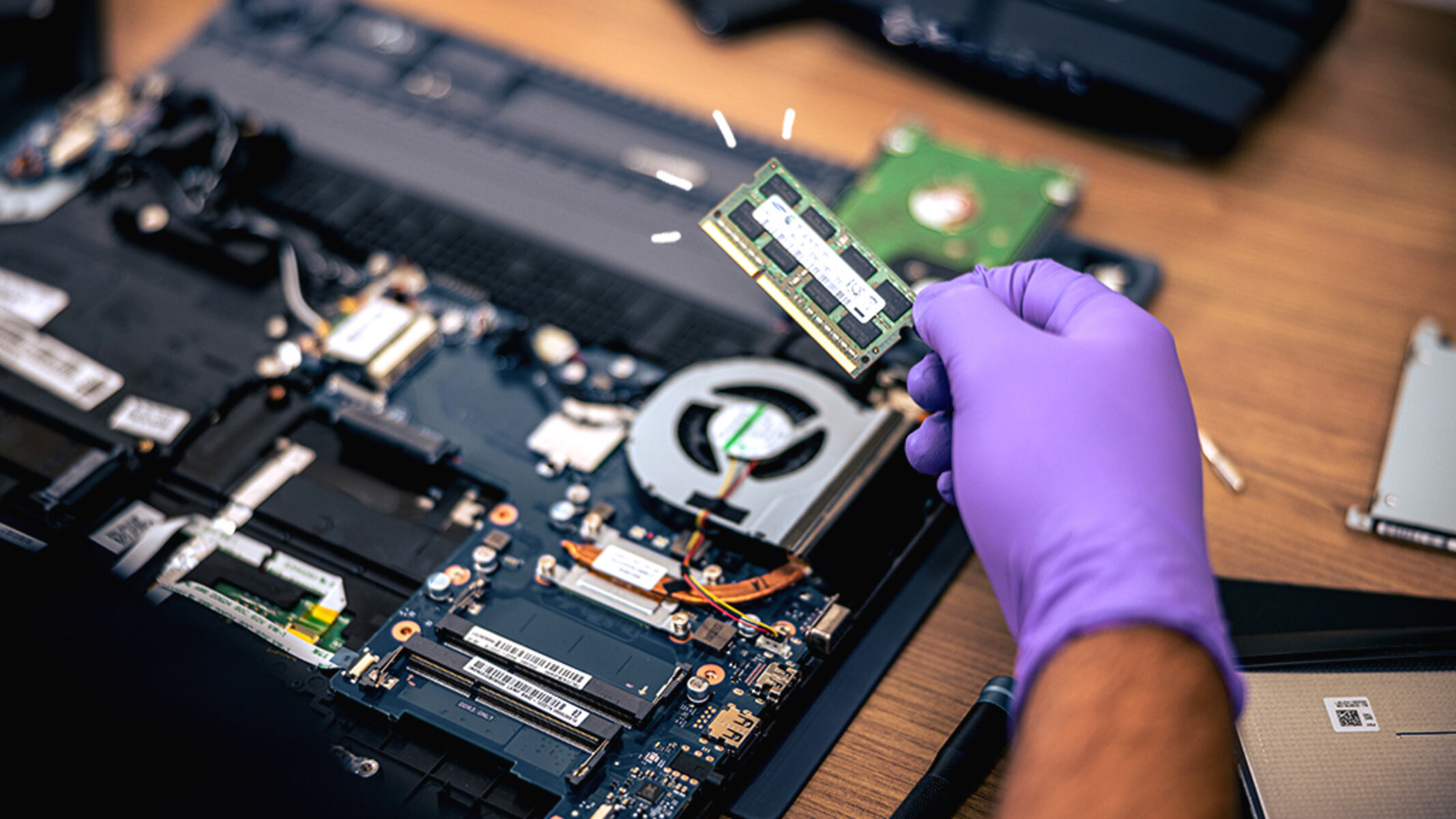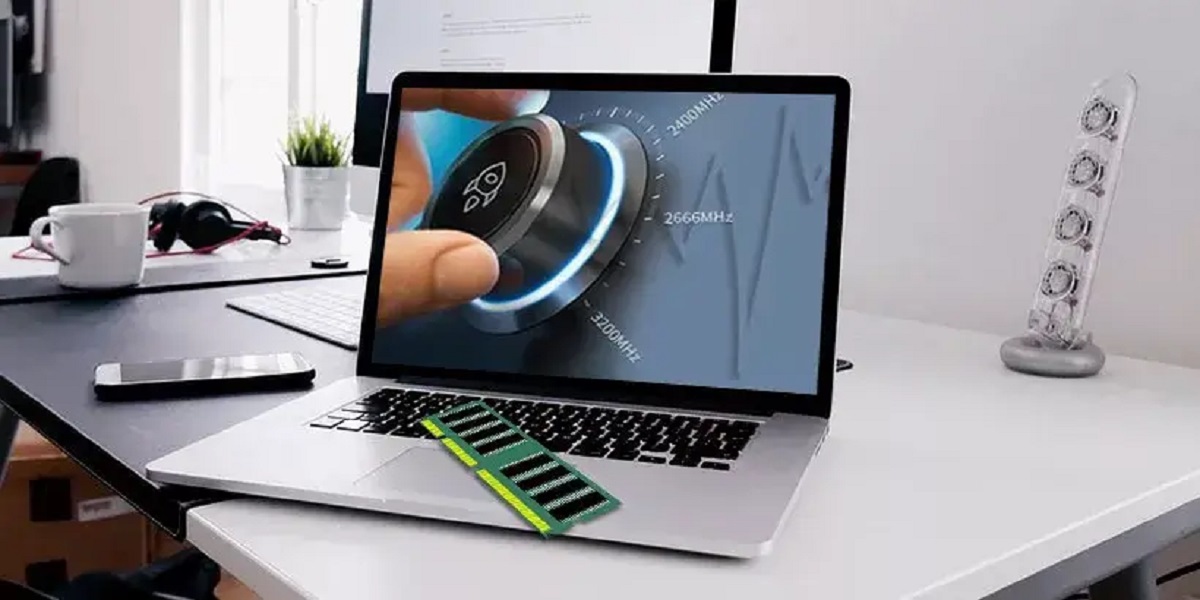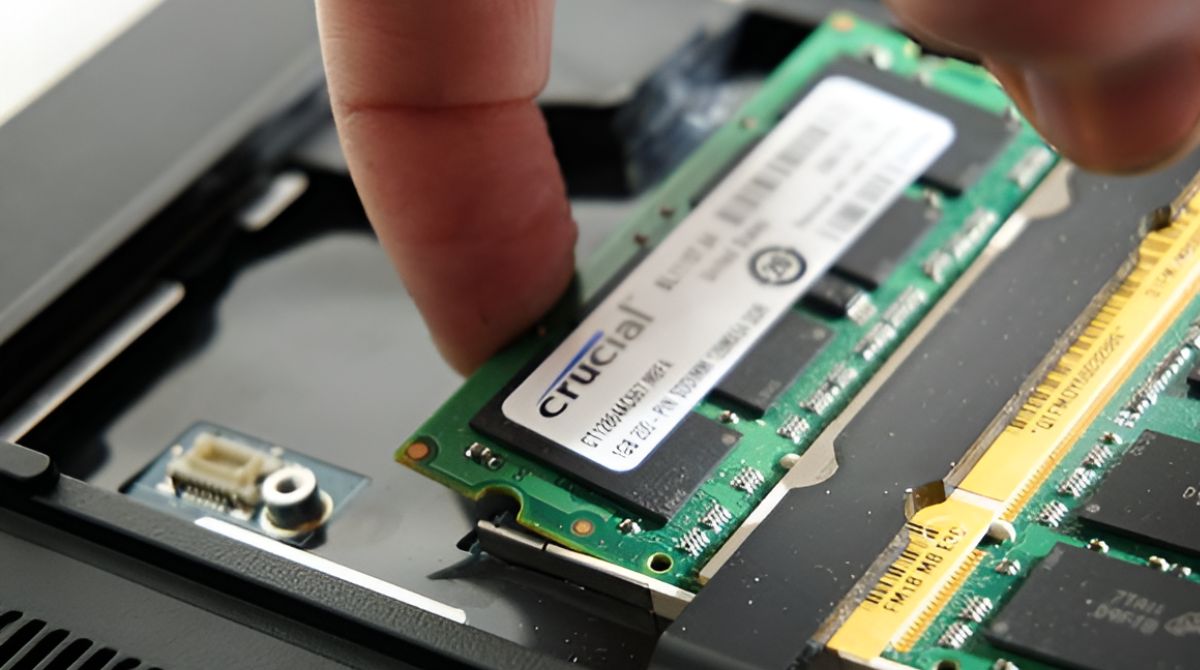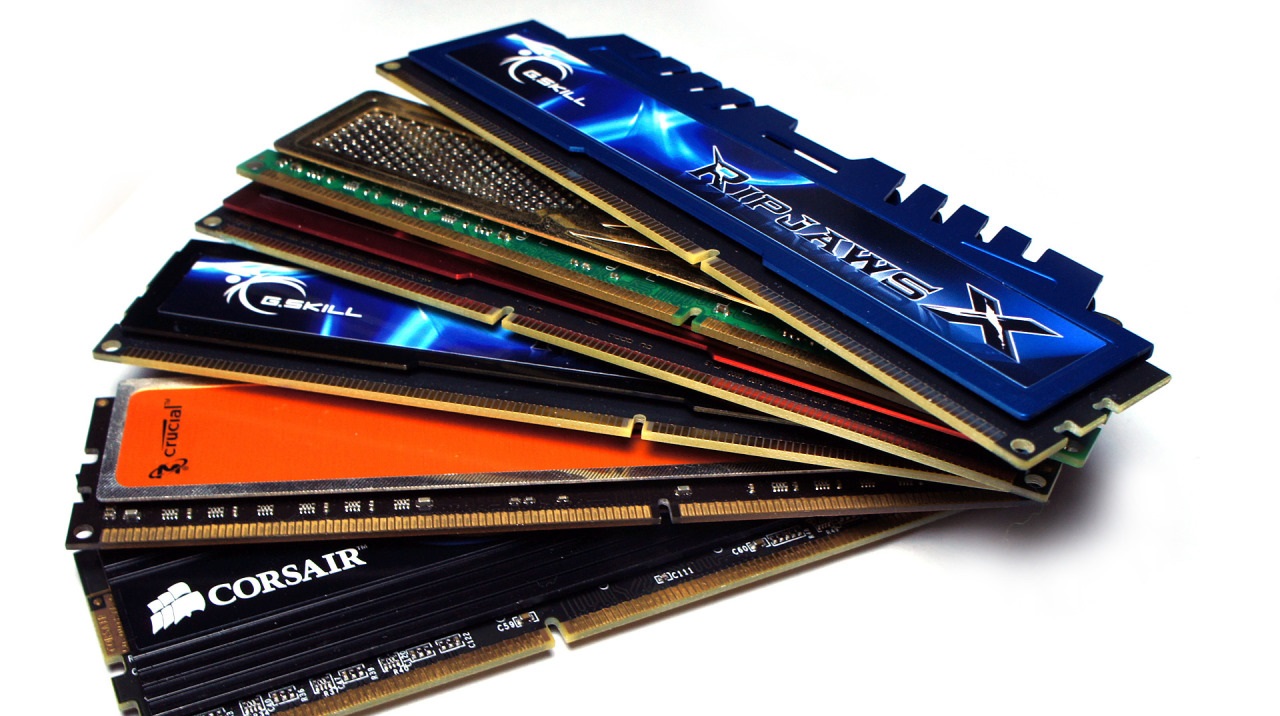Importance of Checking Your Computer RAM
Your computer’s RAM, or Random Access Memory, plays a vital role in its performance. RAM is where your computer stores information that is actively being used by the processor. The more RAM your computer has, the faster and more efficiently it can run tasks and programs.
Checking your computer’s RAM is important for several reasons. Firstly, it allows you to determine how much RAM your computer has and whether it meets the requirements of the programs you intend to use. Insufficient RAM can lead to slow performance, freezing, and crashes, especially when running resource-intensive applications like video editing software or modern video games.
Secondly, checking your computer’s RAM can help you identify any issues or faults. Over time, RAM modules can become faulty or develop errors, which can lead to stability issues and data corruption. By regularly checking your RAM, you can proactively identify any problems and take necessary actions, such as replacing or repairing the faulty module.
Furthermore, checking your computer’s RAM can help you make informed decisions about upgrading your system. If you find that your current RAM is insufficient for your needs, you can consider upgrading to a higher capacity. This can significantly improve your computer’s performance, allowing you to multitask more effectively and handle demanding applications with ease.
Another important aspect of checking your computer’s RAM is understanding how it affects overall system performance. More RAM allows your computer to store more data in the volatile memory, reducing the need for frequent disk access. This can result in faster program loading times, smoother multitasking, and improved overall responsiveness.
In summary, checking your computer’s RAM is crucial for ensuring optimal performance and stability. It helps you assess the capacity and health of your RAM modules, identify any potential issues, and make informed decisions regarding upgrades. By understanding the importance of RAM and regularly checking it, you can ensure that your computer performs at its best and meets your computing needs.
How to Check Your Computer RAM on Windows
Checking your computer’s RAM on Windows is a straightforward process that can be done using built-in tools. Here’s a step-by-step guide to help you:
- Press the Windows key on your keyboard and type “Task Manager” in the search bar. Click on the “Task Manager” app that appears in the search results.
- Once the Task Manager window opens, click on the “Performance” tab at the top.
- In the Performance tab, you’ll see several sections. Click on “Memory” to view detailed information about your computer’s RAM.
- Under the “Memory” section, you’ll find information such as “Total”, “In Use”, “Available”, and “Cached”. The “Total” value indicates the total amount of RAM installed on your computer.
- If you want more detailed information about each RAM module, click on the “Open Resource Monitor” link at the bottom of the Task Manager window.
- In the Resource Monitor window that opens, click on the “Memory” tab to view detailed information about each RAM module, including the manufacturer, capacity, speed, form factor, and more.
By following these steps, you can easily check your computer’s RAM on Windows and gather important information about its capacity and performance. This will help you determine if you need to upgrade your RAM to improve your computer’s speed and efficiency.
Step by Step Guide to Checking Your Computer RAM on Mac
If you’re using a Mac and want to check your computer’s RAM, you can do so using the built-in Activity Monitor tool. Here’s a step-by-step guide to help you:
- Open a Finder window by clicking on the Finder icon in the dock or by pressing Command + Space and typing “Finder”.
- In the Finder menu at the top of the screen, click on “Applications”.
- Open the “Utilities” folder and locate the “Activity Monitor” app. Double-click on it to launch the application.
- Once the Activity Monitor window appears, click on the “Memory” tab at the top.
- In the Memory tab, you’ll find several sections displaying information about your computer’s RAM. The “Memory Used” value shows the amount of RAM currently in use, while the “Cached Files” value indicates the amount of RAM being used for cached data.
- If you want more detailed information about each RAM module, click on the “Memory” button in the top-right corner of the window.
- In the expanded view, you’ll see a breakdown of your computer’s RAM by type, speed, and capacity. This will help you identify the specifics of each installed RAM module.
By following these steps, you can easily check your computer’s RAM on a Mac and gather important information about its usage. This will enable you to assess if you have sufficient RAM for your needs or if an upgrade is necessary to enhance your computer’s performance.
Understanding the Results of Your Computer RAM Check
Once you have checked your computer’s RAM using the appropriate method on either Windows or Mac, it’s important to understand the results and what they mean for your computer’s performance. Here are a few key aspects to consider:
Total RAM: This value represents the total amount of RAM installed on your computer. It indicates the overall capacity of your computer’s memory to store and process data. A higher total RAM value generally allows for smoother multitasking and improved performance, especially when running memory-intensive applications.
Used RAM: This shows how much RAM is currently being actively used by your computer. The amount of used RAM will vary depending on the programs and processes running at the time of the check. If the used RAM is consistently high and close to the total capacity, it may indicate that your computer is running resource-intensive tasks or that you may benefit from upgrading to a higher RAM capacity.
Available RAM: The available RAM refers to the portion of RAM that is not currently being used by your computer. A higher available RAM value indicates that your computer has more memory to allocate for new tasks and applications. Having a decent amount of available RAM is important for smooth multitasking and ensuring that your computer doesn’t start using virtual memory, which can slow down performance.
Cached Files: This represents the amount of RAM being used for caching data from recently accessed files. Cached files improve the speed of accessing frequently used data, reducing the need to read from the hard disk. The cached files value should be taken into consideration when assessing the overall RAM usage. It is normal for this value to be relatively high, as it is part of the system’s optimization process.
Understanding the results of your computer RAM check allows you to analyze how your computer is utilizing its memory resources. If you notice that the used RAM consistently approaches or exceeds the total capacity, it may be an indication that your computer would benefit from more RAM. Upgrading your RAM can provide a noticeable performance boost, especially when running memory-intensive applications or multitasking heavily.
On the other hand, if you have a significant amount of available RAM even during demanding tasks, it may mean that your current RAM capacity is sufficient for your needs. In such cases, it may be more worthwhile to optimize your computer’s software or check if there are any other underlying issues causing sluggish performance.
By understanding the results of your computer’s RAM check, you can make informed decisions about whether to upgrade your RAM, optimize your system, or troubleshoot any potential performance issues.
Recommended RAM Sizes for Different Activities
The amount of RAM you need for your computer depends on the activities you perform and the software you use. Here are some recommended RAM sizes for different activities:
- Basic Web Browsing & Productivity: For casual web browsing, email, and word processing, 4GB to 8GB of RAM should suffice. This amount of RAM allows for smooth performance when using lightweight applications and multitasking between a few open tabs.
- Media Streaming & Casual Gaming: If you enjoy streaming videos, listening to music, or playing casual games, it is recommended to have at least 8GB to 16GB of RAM. This extra capacity is beneficial for handling multimedia content and running games that require more memory.
- Photo & Video Editing: For graphic design, photo editing, or video editing, it is recommended to have a minimum of 16GB to 32GB of RAM. These activities involve working with large files and resource-intensive software, so having ample RAM ensures smooth editing and rendering processes.
- 3D Modeling & Rendering: If you are involved in 3D modeling, animation, or rendering, it is advisable to have a higher RAM capacity. For these activities, a minimum of 32GB to 64GB of RAM is recommended to handle complex scenes and reduce rendering times.
- Virtual Machines & Software Development: If you frequently work with virtual machines or engage in software development, having sufficient RAM is crucial. In this case, it is recommended to have a minimum of 16GB to 32GB of RAM, as running virtual environments and resource-intensive development tools simultaneously requires significant memory allocation.
Keep in mind that these are general recommendations, and the actual RAM requirements may vary depending on specific software versions, the size and complexity of projects, and individual usage patterns. It’s also worth noting that operating systems and other background processes consume some amount of RAM, so having more RAM than the recommended minimum can provide a more optimal computing experience.
Ultimately, assessing your specific needs and considering the level of multitasking and resource-demanding tasks you engage in will help determine the ideal RAM size for your activities. Investing in sufficient RAM ensures smoother performance, reduces the occurrence of lag or crashes, and leads to an overall better user experience.
How to Upgrade Your Computer RAM
If you find that your computer’s RAM is insufficient for your needs and you want to upgrade it, follow these steps to successfully upgrade your computer’s RAM:
- Determine the RAM compatibility: Check your computer’s documentation or manufacturer’s website to find out the type, speed, and maximum capacity of RAM modules supported by your computer.
- Purchase the compatible RAM: Once you have determined the specifications, purchase the appropriate RAM modules from a reputable vendor. Ensure that the modules match the required type, speed, and capacity supported by your computer.
- Prepare your computer: Shut down your computer and unplug it from the power source. Open the computer case using the appropriate tools and locate the RAM slots. Consult your computer’s manual if you are unsure about the exact location.
- Remove the old RAM: Gently press down on the clips at the sides of the RAM module to release it from the slot. Carefully remove the module from the slot by pulling it straight out. Place it on a static-free surface to avoid any damage.
- Install the new RAM: Align the notch on the new RAM module with the key in the RAM slot to ensure proper insertion. Insert the module into the slot at a slight angle, then firmly press it down until the clips on the sides of the slot snap into place. Ensure that the module is securely seated in the slot.
- Close the computer case: Once the new RAM module is installed, close the computer case and secure it with the appropriate screws. Ensure that all cables are properly connected and the case is securely fastened.
- Power on and test: Plug in your computer and power it on. The system should automatically recognize the new RAM. To confirm the upgrade, go to the system settings or use a utility software to check the updated RAM capacity.
- Run stability tests: After upgrading the RAM, run stability tests or perform tasks that previously strained your computer’s memory to ensure that it is functioning properly.
It’s important to note that some computers, especially laptops, may have non-removable or soldered RAM, making it difficult or impossible to upgrade. In such cases, consulting a professional or contacting the manufacturer may be necessary to explore other upgrade options.
By following these steps, you can upgrade your computer’s RAM and enjoy improved system performance, smoother multitasking, and a more responsive computing experience.







